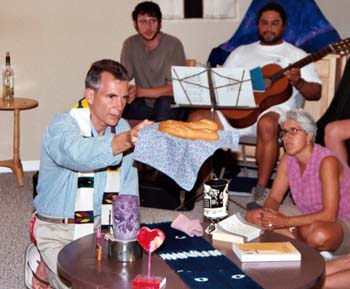By the rivers of Babylon we sat and wept when we remembered Sion.
There upon the willows we hung up our harps,
For those who had made us captives asked us for songs;

said those who had led us away: “Sing for us a hymn of Sion!”
How could we sing a song of the Lord in a foreign land?
If I forget you, Jerusalem, may my right hand wither. May my tongue cleave to my palate if I remember you not, if I place not Jerusalem at the height of my joy.
Remember, O Lord, the sons of Edom on the day of Jerusalem’s ruin, when they said, “Raze it, raze it down to its very foundations!”
O wretched daughter of Babylon, blessed be he who shall requite the evil you have done to us! Blessed be he who shall seize your little ones and smash them against the rock! *
Glory be to the Father and to the Son and to the Holy Ghost. As it was in the beginning, is now, and ever shall be, world without end. Amen.
* Verses removed from the Novus Ordo Liturgy of the Hours. Because it’s not hubris to edit out the parts you don’t like in a prayerbook written by God Himself.





